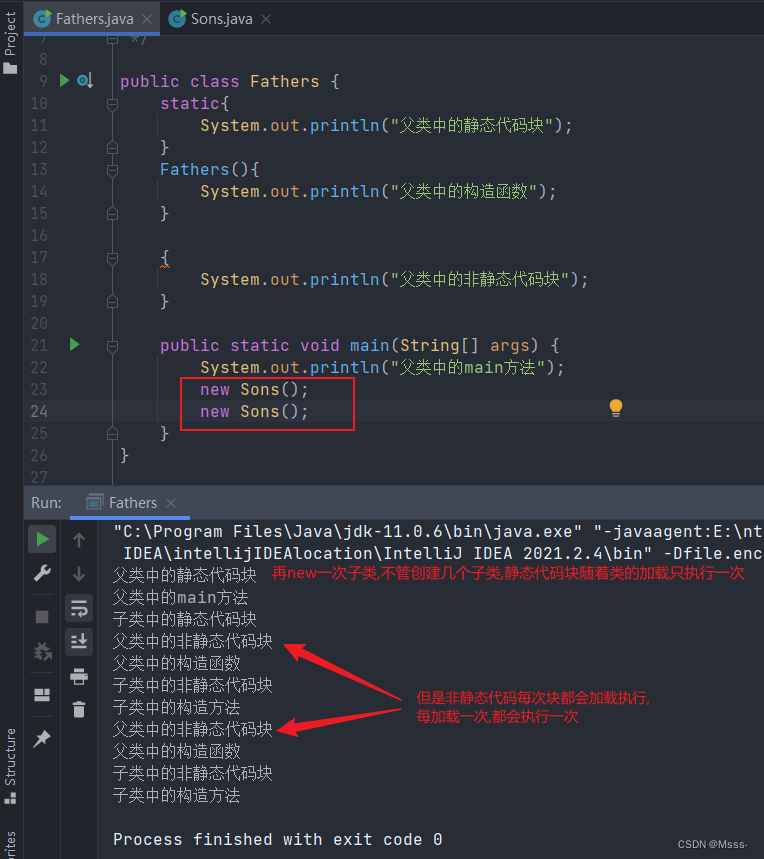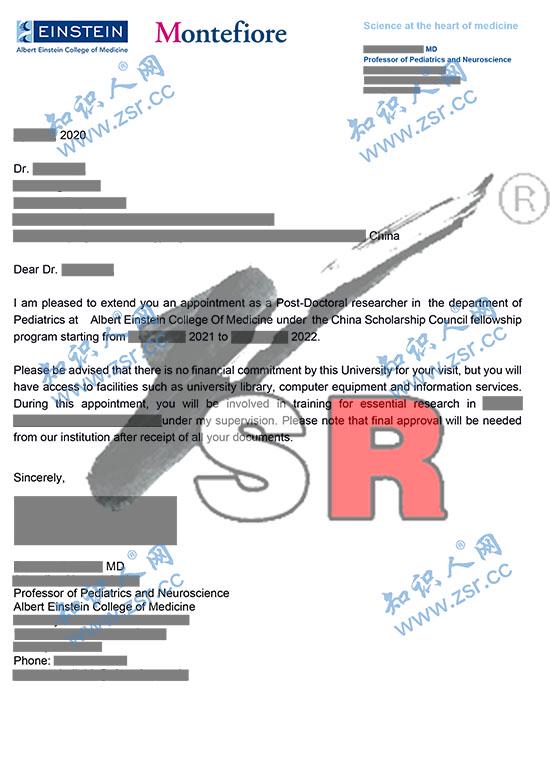复习下struct的大小、成员偏移量offsetof,说下我的理解:
64位下默认对齐数default=8
原则1:struct中每一个成员变量tmp的对齐数real=min{default,tmp}
struct Student {
int num;//0
char name[8];
double score;
} stu;这个结构体stu中,第一个成员num为int的对齐数real_num=min{8,4}=4。
第二个成员name为char类型,对齐数real_name=min{8,1}=1。
第三个成员score为double类型,对齐数real_score=min{8,8}=8。
原则2:偏移量offsetof必须是real的倍数
1,所以第一个成员num偏移量startid=0*real_num=0*4=0,从startid开始size1=4即4个bytes被用掉即[id=0~3已用]。
2,因为上面size1=4已用4个bytes。第二个成员name偏移量是startid=real_name*倍数=1*倍数>3,故此时倍数取4,所以偏移量startid=4,而name的size2=8,所以id=4~11已用。
3,因为上面size1+size2=12已用12个bytes。而第三个成员score的偏移量startid=real_score*倍数=8*倍数,必需>11,所以倍数不能取0或1,只能取2,所以startid=8*2=16,即从16开始放score,而score的大小size3=8,此时id=16~23已用。所以stu这个结构体在内存中就是如下的样子:
 所以stu的size等于id=0一直到id=23即size=24。所以逻辑是先计算偏移量,再自然计算得到struct整体的大小。
所以stu的size等于id=0一直到id=23即size=24。所以逻辑是先计算偏移量,再自然计算得到struct整体的大小。
struct Test1 {
int x;
double y;
} t1;
struct Test2 {
int x;
char y[8];
} t2;在t1中,对x来说 real_x=min{8,4}=4 偏移量startid=real_x*倍数=4*0=0,size1=4,id=0~3被使用。
在t1中,对y来说 real_y=min{8,8}=8偏移量startid=real_y*倍数=8*倍数,同时必需>3,所以倍数就是1,startid=8。
当你换成char y[8]后,如结构体t2所示:对y来说,real_y=min{8,1}=1 偏移量startid=real_y*倍数=1*倍数,同时必需>3,所以倍数就是4,startid=4。
由此可见,t1和t2偏移量不一样,所以struct的size是不一样的。虽然它们的成员变量都是4bytes、8bytes,但终究偏移量不同导致了结构体大小的不同。
原则3:struct的对齐数等于其所有成员real对齐数的最大值。
所以对于结构体嵌套结构体的情况,我们易知:
struct Student {
int num;
char name[8];
double score;
};
struct CombineStudent {
short memb;
Student originstruct[2];
char lastmem[3];
} comstu;现在结构体Student(由之前分析知结构体的size为24字节)作为新结构体comstu的成员,且个数为2的数组originstruct。
根据原则3,结构体Student的对齐数real_stu=max(real_num,real_name,real_score)=max(4,1,8)=8
对于结构体comstu:
1,第一个成员memb为short的对齐数real_mem=min{8,2}=2。偏移量startid=0*real_mem=0*2=0 而short占2字节即[id=0~1已用]。
2,第二个成员originstruct为Student类型,对齐数real_originstruct=min{8,8}=8,偏移量startid=倍数*real_originstruct=倍数*8,必须>1,故倍数=1,即偏移量startid=1*8=8。而每个Student占24字节现在有2个Student即[id=8~8+24*2-1也就是8~55已用]。
3,第三个成员lastmem为char类型,对齐数real_lastmem=min{8,1}=1,偏移量startid=倍数*real_lastmem=倍数*1,必须>55,故倍数取56即可,startid=56,而每个char占1字节现在共3个,共id=56~58已用。
但你以为结构体comstu的大小就是id=0~58=59吗?!天真,还有原则4!
原则4:结构体的总大小size必须是对齐数real的整数倍
所以虽然上面的结构体comstu的id=0~58=59,但结构体CombineStudent的real_comstu=max(real_memb,real_originstruct,real_lastmem)=max(2,8,1)=8!但是我们之前算好的59并不是real_comstu的整数倍!所以后面必须要补几位直到占到id=63,即id=0~63总size=64才是CombineStudent的大小!
所以大家这下明白为啥C++建议我们定义变量时按从一定的顺序去定,如换个位置:
struct Combine2Student {
short memb;
char lastmem[3];
Student originstruct[2];
} ;刚刚的结构体CombineStudent如果换成这样,结果就不一样了,可以节约内存。大家可以算算:
real_memb=min{8,2}=2,size1=2,startid=0是real_memb的倍数,占id=0~1;
real_lastmem=min{8,1}=1,size2=3,startid=2是real_lastmem的倍数,占id=2~4;
real_originstruct=min{8,8}=8,size3=24*2=48,startid=8是real_originstruct的倍数,占id=8~55;
算到这里,总id=0~55=56已经是real_Combine2Student=max(real_memb,real_lastmem,real_originstruct)=max(2,8,1)=8的倍数了,所以不需再补!所以结构体Combine2Student的size=56!
调换位置后命名相同的三个成员,但结构体Combine2Student就是比ComebineStudent占内存少!!!



















